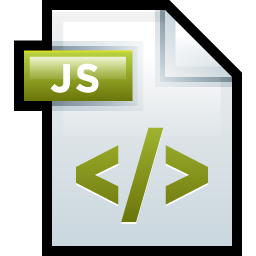Tag Archives: linkedin
Mobile Apps Testing Frameworks Used at LinkedIn

The article lists down tools & frameworks that are used for mobile app testing at LinkedIn. Vows: Vows is a behavior driven development framework for Node.js. It is used to do asynchronous testing with Node.js. The primary feature of the framework is its support for asynchronous testing with Node and, the ability to run concurrent tests. Vows also supports code coverage reporting. Robotium: Robotium is an Android test automation framework that has full support for native and hybrid applications. It supports black-box UI tests for android applications. It is used to test native LinkedIn android app. Selenium: Selenium is used to automate end-to-end testing with mobile web browsers. FoneMonkey: FoneMonkey …
Javascript Frameworks used in LinkedIn.com

The article lists down different Javascript frameworks that have been used in LinkedIn web UI and mobile app. Following are some of the key Javascript frameworks that have been used in various different LinkedIn applications (Web & Mobile). If you disagree with one or more of these frameworks, please shout out loud. Also, feel free to suggest of frameworks that I missed to include. Sorry for any typos/misspellings as you read further. Dust.js Dust.js, the client-side templating engine, is used to serve LinkedIn webpages with common UI code for different web-apps products. These web-apps products are created using varied technology stack including Java/Grails/JRuby etc. With Dust.js, LinkedIn moved from …
LinkedIn Application Architecture – Software Distribution View

The article lists down the softwares used at different layers in the LinkedIn platform layered architecture. Presentation Layer Dust.js (Client-side templating JS engine) Backbone.js (Client-side MVC JS framework) JQuery YUI Library (UI libraries started by Yahoo engineers) Google V8 Engine (Used as server side JS templating engine) Node.js (Used in mobile app) HTML5 (Used in mobile app) Business Layer Java (Applications such as Profile) Grails (Applications such as a Recruiter app) JRuby (Applications such as a Skills app) Spring (Component Model) Scala Middleware Apache Kafka (Distributed entreprise-level messaging system) Data Layer Oracle (RDBMS as primary data store used for writes) Espresso (NoSQL data store emerging as primary data store and envisioned to …
Data Architecture Lessons from LinkedIn.com Data Handling Mechanisms

The article aims to describe how data is managed at LinkedIn.com, the most popular professional social networking site. Please shout out loud if you disagree with one or more of the aspects mentioned below. Also, do suggest if I missed on one or more aspects. Data use-cases at LinkedIn.com Following are some of the data use-cases that we may have come across while we are surfing various different LinkedIn pages: Update your profile, and the same appears in recruiter search in near real-time. Update your profile and same appears as network connections in near real-time. Share an update, and same appears on others news feed page in near real-time. Then, there are …
I found it very helpful. However the differences are not too understandable for me